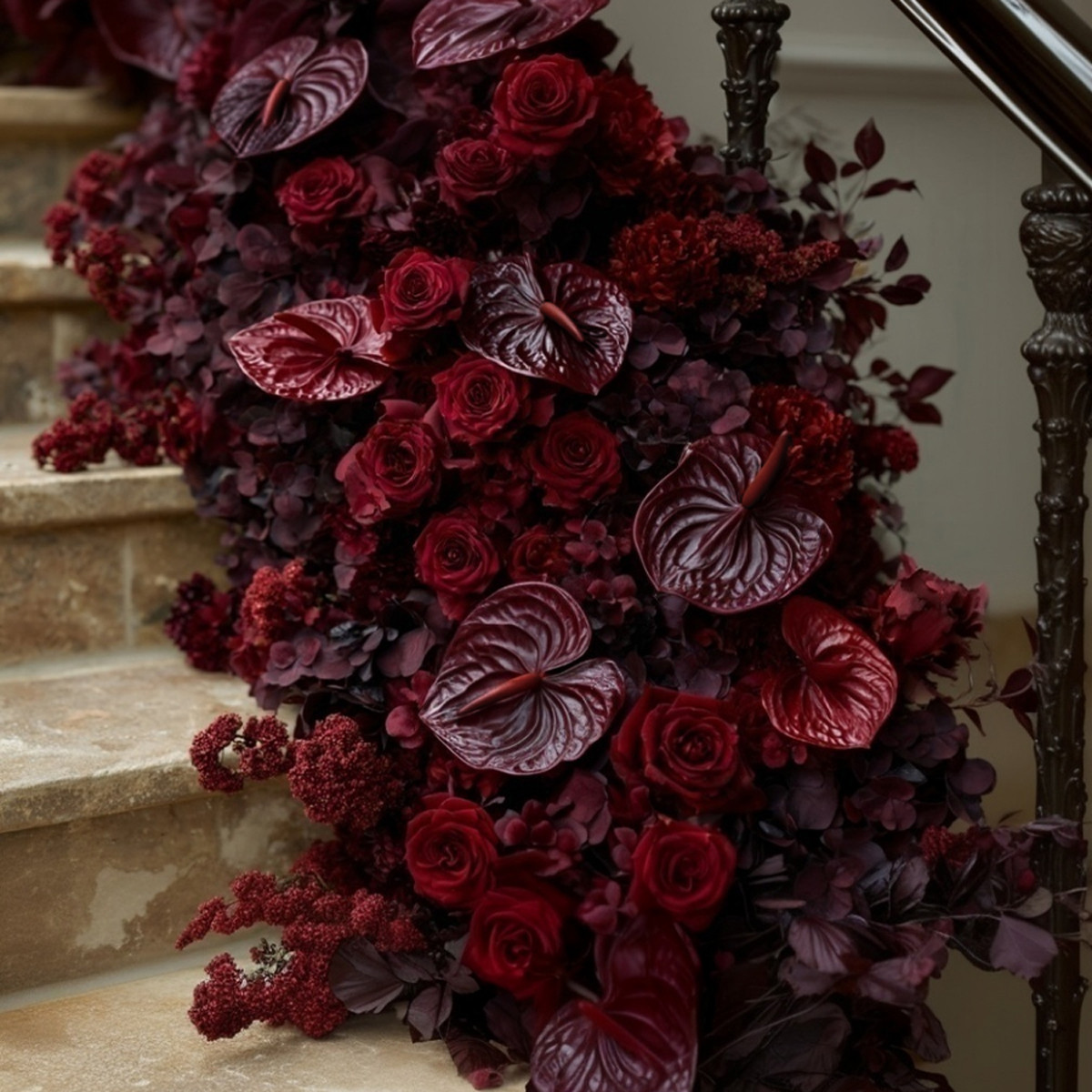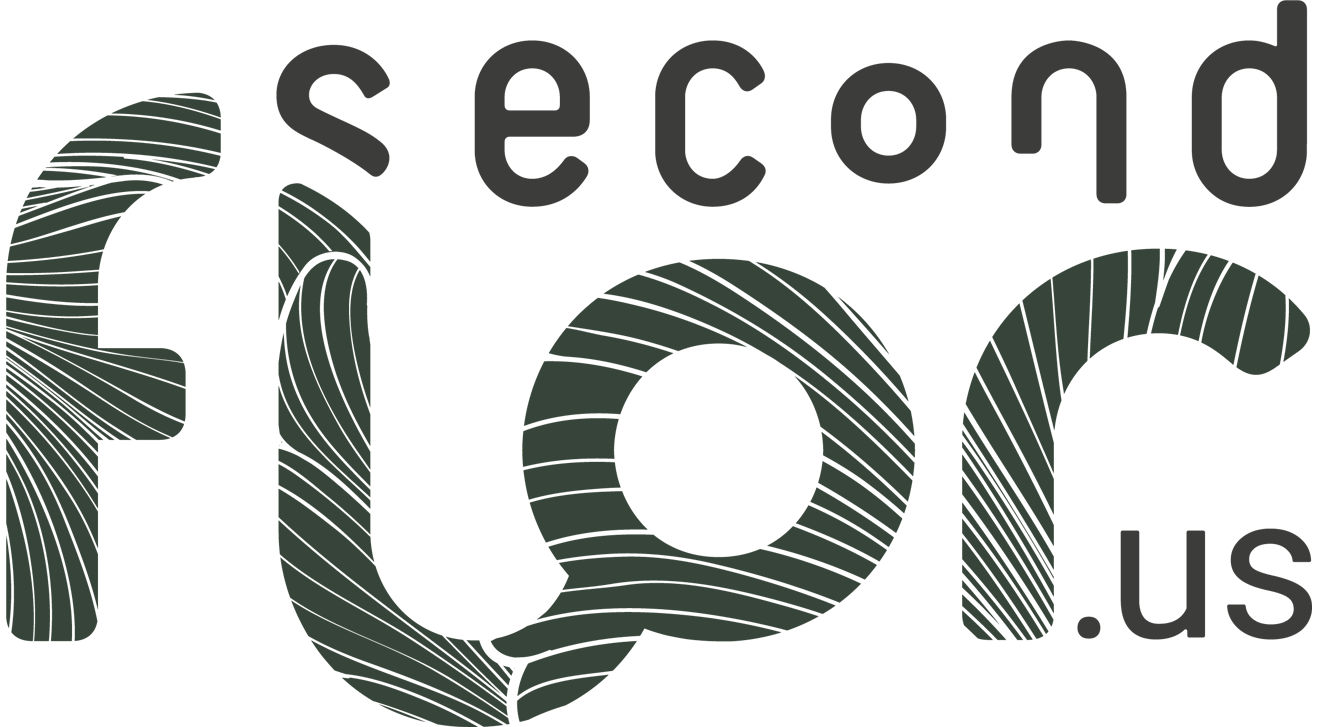
WHAT IS IT?
How does the preservation by immersion technique work?
In previous articles, we talked about different preservation techniques such as capillarity preservation, double immersion technique… However, there are other techniques that allow plants to be preserved, including preservation by immersion, which we will deep dive into in this article.
What is the preservation by immersion technique?
Preservation by immersion is a plant conservation technique, mainly based on a dried plant that we rehydrate in a bath. More precisely, to preserve a plant by immersion, it must first be harvested and dried. It is then soaked in a bath of water, vegetal glycerin and food coloring. Temperature is one of the most important criteria for the success of the process. The solution must therefore be heated to a minimum of 104 °F before soaking the plant in it. At this temperature, the glycerin molecules and pigments will be thinner and will be able to penetrate the plant. The result is a persistent color and suppleness. Once the bath is finished, the plant is cleaned and dried.
This process allows glycerin, which by nature binds water molecules, to penetrate and maintain hydration inside the plant. In the case of capillary preservation, the solution is “drunk” and is diffused through the inside of the plant. Conversely, during preservation by immersion, the solution penetrates the plant from the outside, since the latter is immersed in the solution. This is one of the main differences between the two techniques. The preservation of a plant remains a “temporary” rehydration. Glycerin and water will slowly evaporate, causing slight degradation of the plant over time.
How are the colors given to the flowers?
One of the phenomenon of immersion preservation is that the whole plant will take the same color. They are added in the solution during the process. For preserved plants, It is not possible to make different shades between the leaves and stem, since both are immersed in the preservation solution. However, many shades are available for plants using this technique.
On which varieties can we use the double immersion technique?
Preserved products using this technique are mainly amaranth, broom, bright grass, hydrangeas, barba, mash reed and certain varieties of moss.
What are the advantages and the constraints of this method?
Since the preservation process is carried out on a dry raw material, it is possible to have plants preserved by immersion all year long and make them available in large quantities. Seasons do not impact this technique. The fact that the plant is dried, as well as the method used, gives it 100% success.
These advantages make a preserved plant more attractive in terms of price. For example, amaranths can be preserved with either the preservation by capillarity method or by immersion. But if we use the latter, they will be cheaper because, among other things, there are fewer risks in producing them.
Preservation by immersion is therefore a safe and beneficial way to preserve flowers and plants. It can sometimes be combined with other techniques, such as the preservation by capillary. But as for mixing techniques, we’ll explain it soon in a new article.
To discover more techniques, click here.









Follow Us